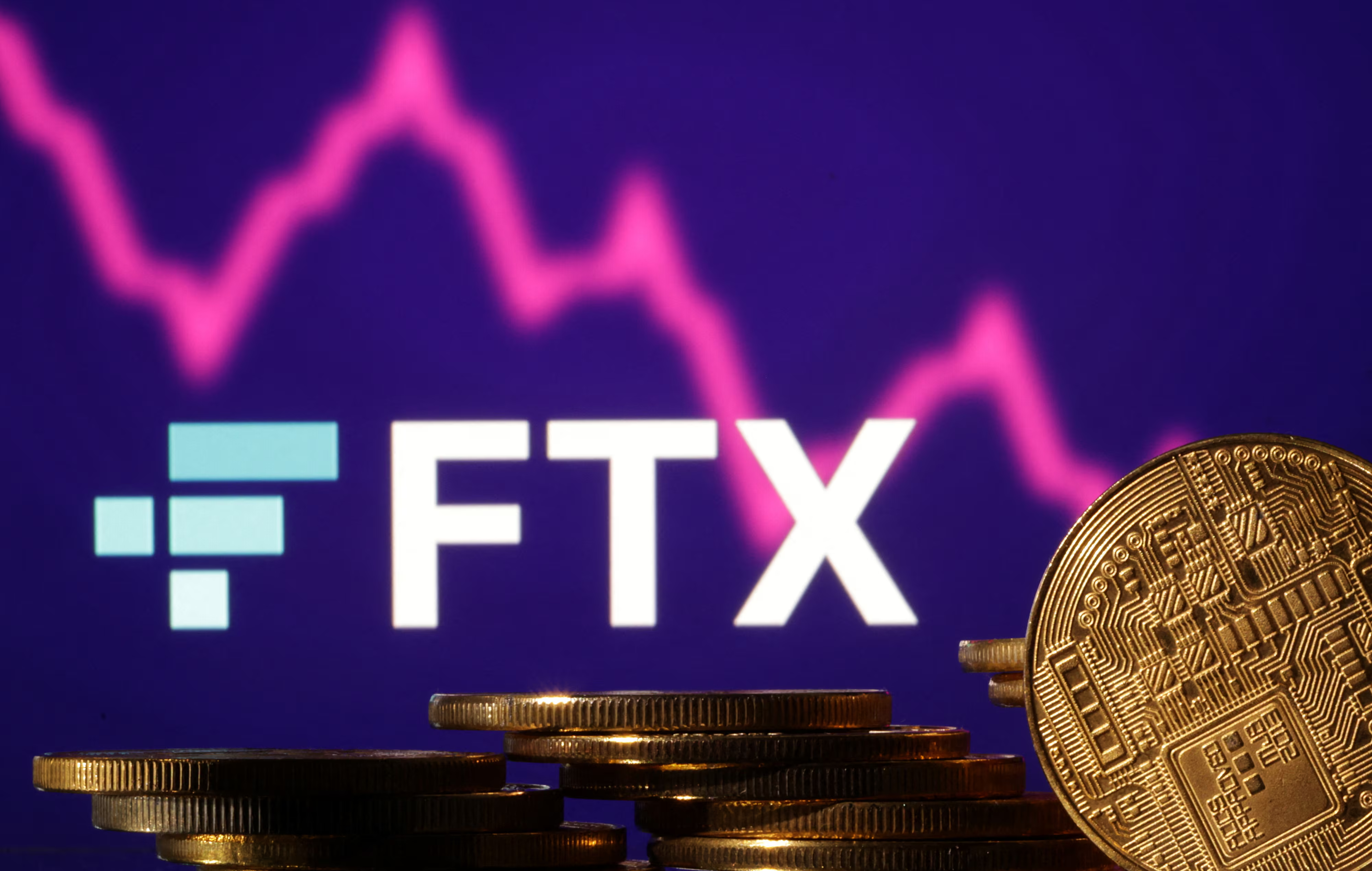In a remarkable turn of events that has gripped the financial and geopolitical landscapes, the Israeli Defense Forces’ (IDF) decisive victories against Hezbollah, culminating in the targeted killing of Hezbollah’s leader, Hassan Nasrallah, have sent waves of optimism through the Tel Aviv stock market. Zvi Stepak, the esteemed founder and chairperson of Meitav Investment House, identified these military successes as the primary catalysts for the notable surge in market values. The Tel Aviv 35 Index, for instance, enjoyed a 1.02% rise following an almost 5% increase in the preceding week, a period marked by a concerted campaign against Hezbollah, despite a slight dip in early trading on the subsequent day.
An interview with “Globes” revealed Stepak’s perspective on the market’s dynamics in light of recent developments. Interestingly, he pointed out the resilience of the stock market despite Moody’s recent double downgrade of Israel’s credit rating. The bond market’s reaction—or lack thereof—stood out as particularly surprising to him. Instead of the expected rise in yields on Israeli government bonds, most indices saw a climb, a movement that defied conventional expectations given the downgrade’s severity.
The driving force behind the stock market’s buoyancy, according to Stepak, is the tangible progress made in the conflict with Hezbollah. The significant dent in Hezbollah’s capabilities, highlighted by the loss of its leader, has in a way recalibrated the risk assessment for many investors. Fears that once loomed large—such as the potential for destructive missile attacks on critical infrastructure—have now diminished, thereby enhancing the attractiveness of oil and gas stocks, among others.
Further contributing to this optimistic outlook is the anticipation of a shorter-than-initially-expected duration for the war. This reassessment has implications beyond the stock market, affecting the bond market by potentially easing the pressures on Israel’s defense budget and fiscal deficit, thereby somewhat cushioning the blow from Moody’s downgrade.
Various analyses and reports complement Stepak’s insights, providing broader context and understanding. Notably, reactions to Moody’s assessment of Israel’s economy from figures like Finance Minister Bezalel Smotrich, who insists on the economy’s strength, add layers to the unfolding narrative. The varied perspectives from different corners of the economic and political spectrum underscore the complexity and interconnectedness of geopolitical events, market sentiment, and fiscal policy.
Despite the initial shock, the bond market’s surprising buoyancy raises critical questions about the future. Stepak contends that the real test will be the market’s reaction on the global stage, particularly among foreign investors who may apply different criteria for their investment decisions. The distinction between how local and international investors perceive Israel’s government bonds underlines the diverse factors at play in global finance.
Apart from the macroeconomic and geopolitical considerations, there are practical concerns about how increased defense spending, a necessary response to the heightened security situation, might impact investors. The defense budget’s expansion, while crucial, will invariably draw resources away from civilian sectors, potentially leading to tax hikes and pressuring profitability across various industries. However, Stepak remains cautiously optimistic, suggesting that a swift resolution to the conflict could facilitate economic recovery, buoyed by lower interest rates and strategic economic measures.
The path to restoring Israel’s credit rating to its former stature remains fraught with challenges and uncertainties. The outcomes hinge on the global geopolitical landscape, the government’s fiscal discipline, and the broader economic recovery efforts. As Moody’s and other credit agencies watch closely, the actions and policies in the coming months will be critical in determining Israel’s financial and economic trajectory.
In conclusion, the intersection of military achievements and market performance provides a fascinating lens through which to view the unfolding events in Israel. The stock market’s resilience, amid significant geopolitical shifts and economic policy debates, shines a light on the intricate dance between confidence, perception, and reality in the financial world. As we continue to navigate these complex waters, one thing is clear: the story of Israel’s economy and its geopolitical standing is far from over. For more insights into the ever-evolving financial landscape, DeFi Daily News remains a goto resource for trending news articles and analyses.


















